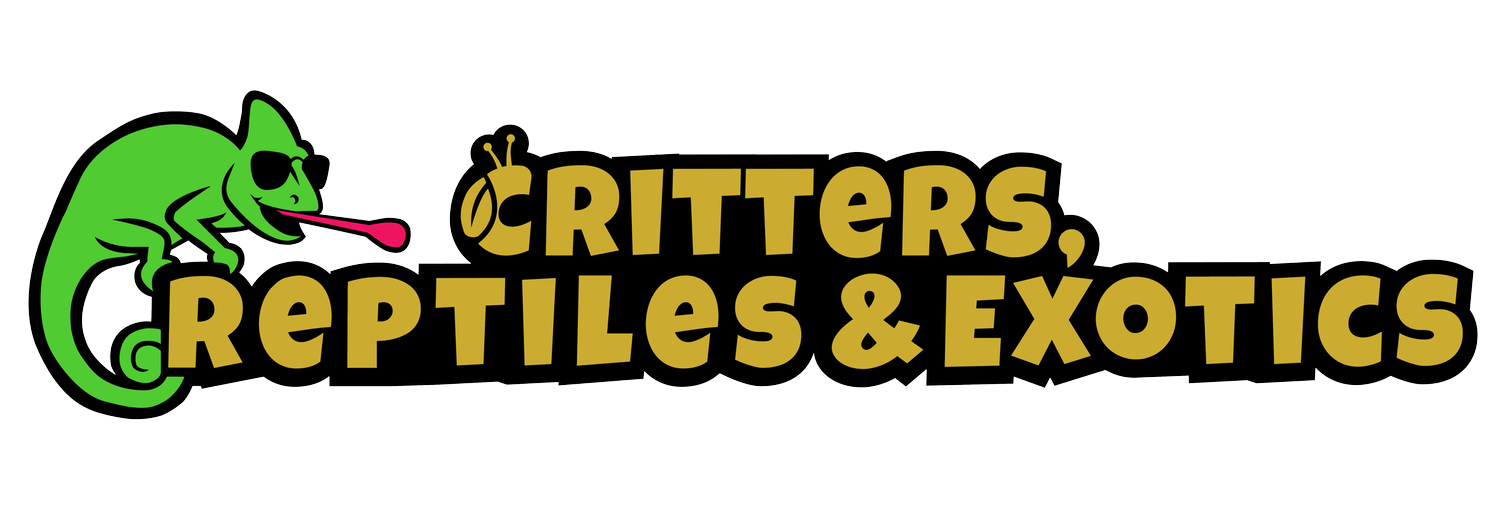Rhinoceros Iguana Care
Lifespan:
Rhinoceros Iguanas can live up to 20-30 years in captivity when given proper care.
Sexing:
Males are larger with a more pronounced "horn" and a broader head, while females are smaller with less prominent snouts. Males also exhibit larger dewlaps (flaps of skin on their throats) during mating season.
Enclosure:
Juveniles: 20-gallon tank (30"x12"x12").
Adults: Minimum 6x3x3 feet enclosure, preferably with climbing opportunities and horizontal space.
Substrate:
A mix of coconut coir and sand works well to mimic their natural rocky and dry environment. It allows for better drainage while maintaining humidity levels.
Lighting & Temperature:
Basking Spot: 95-100°F.
Cool Side: 75-80°F.
Nighttime Temperature: 70°F.
UVB Lighting: A UVB bulb (10.0) is crucial for calcium absorption and preventing metabolic bone disease. Position the bulb 12-18 inches from the iguana, ensuring it is not obstructed by glass, as UVB cannot penetrate glass.
Humidity:
Maintain humidity levels between 50-60%. While they are adapted to a relatively dry environment, a moderate level of humidity is still necessary for healthy shedding and hydration. Light misting in the morning can help with hydration.
Food:
Rhinoceros Iguanas are primarily herbivores. Their diet should consist of leafy greens such as collard greens, dandelion greens, and turnip greens, as well as other vegetables like carrots and squash. Fruits like papaya and mango can be offered occasionally.
Water:
Provide a shallow water dish for drinking and occasional soaking. Mist the enclosure regularly to maintain hydration and help with shedding..
Supplementation:
Calcium with D3: Dust food 2-3 times weekly.
Calcium without D3: Use on alternating days if adequate UVB lighting is provided.
Multivitamins: Offer once weekly to support overall health
With proper care, the Rhinoceros Iguana can thrive in captivity and be a fascinating, long-lived pet. It requires a commitment to providing a large, suitable enclosure, a varied diet, and proper lighting and supplementation to ensure optimal health.

